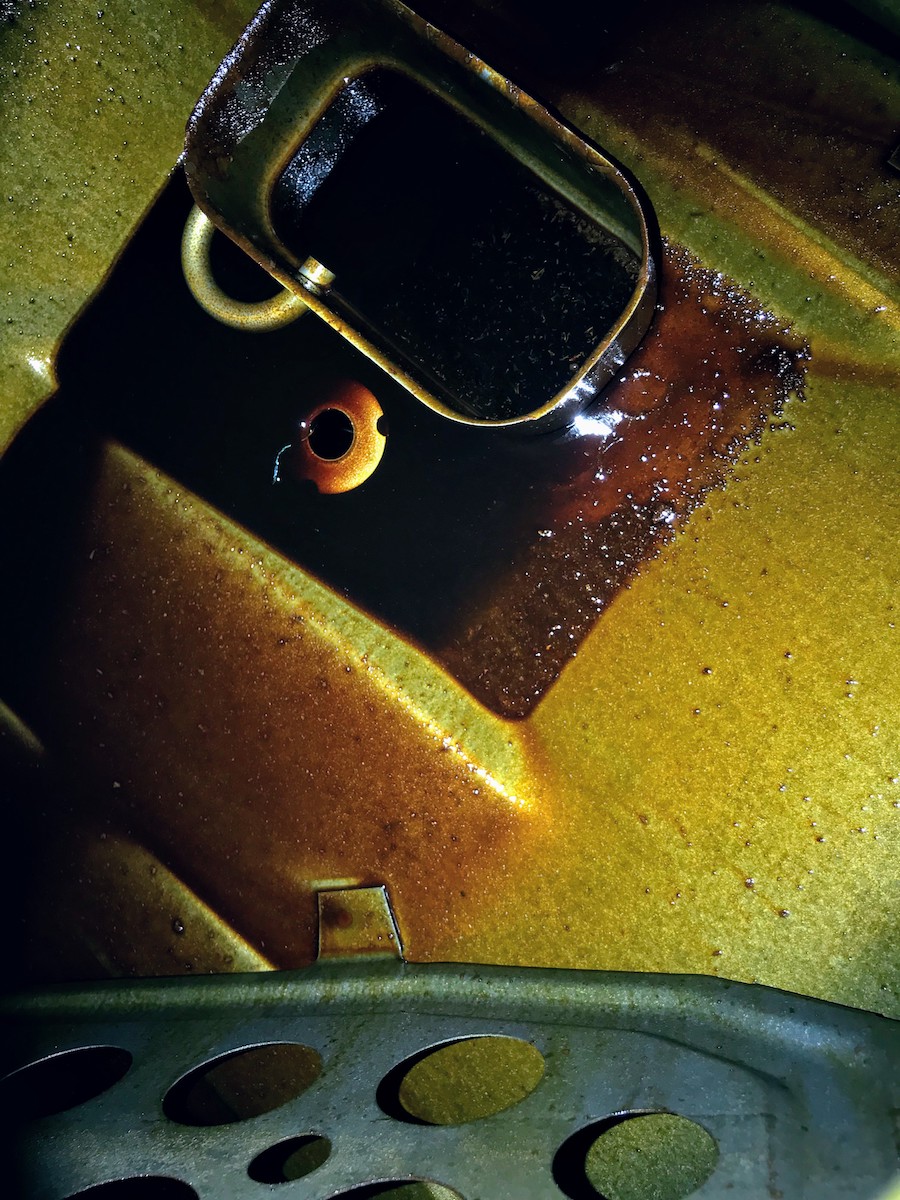FJBen
SILVER Star
So I need to clean my fuel tank. There was fuel that was left in it for 4 years and it sludge'd a little in the bottom (and messed up IP and injectors)
I called the local radiator repair shop and he said he doesn't do fuel tanks anymore. There isn't anyone close so it looks like I'm doing this one.
I've seen the following methods mentioned.
Muriatic Acid
Lye
Vinegar
Brake cleaner - this was a pain cleaning the sludge off of one of the lines, probably won't work on tank.
Carb cleaner
Drano
Hot pressure/steam wash - (not sure How I can access the whole tank that way)
New diesel
Super clean
Acetone
Pinesol
Any thoughts on the above methods?


I called the local radiator repair shop and he said he doesn't do fuel tanks anymore. There isn't anyone close so it looks like I'm doing this one.
I've seen the following methods mentioned.
Muriatic Acid
Lye
Vinegar
Brake cleaner - this was a pain cleaning the sludge off of one of the lines, probably won't work on tank.
Carb cleaner
Drano
Hot pressure/steam wash - (not sure How I can access the whole tank that way)
New diesel
Super clean
Acetone
Pinesol
Any thoughts on the above methods?





